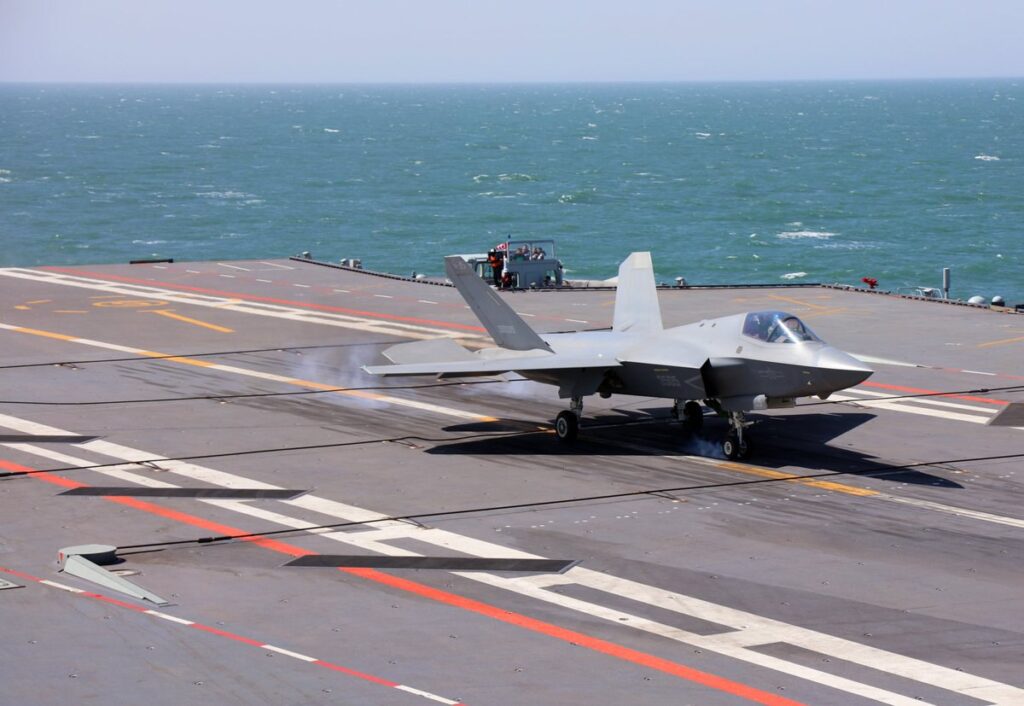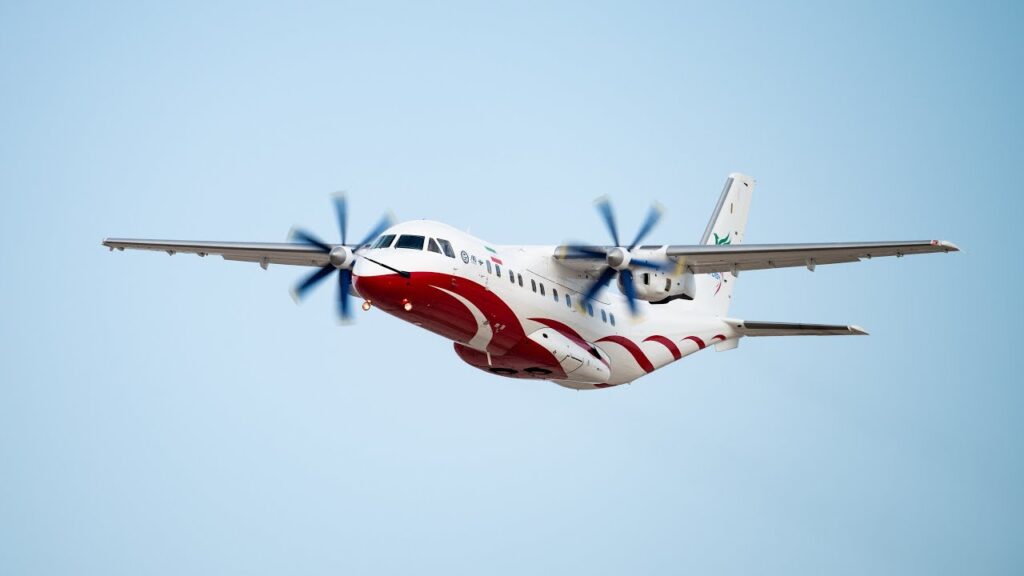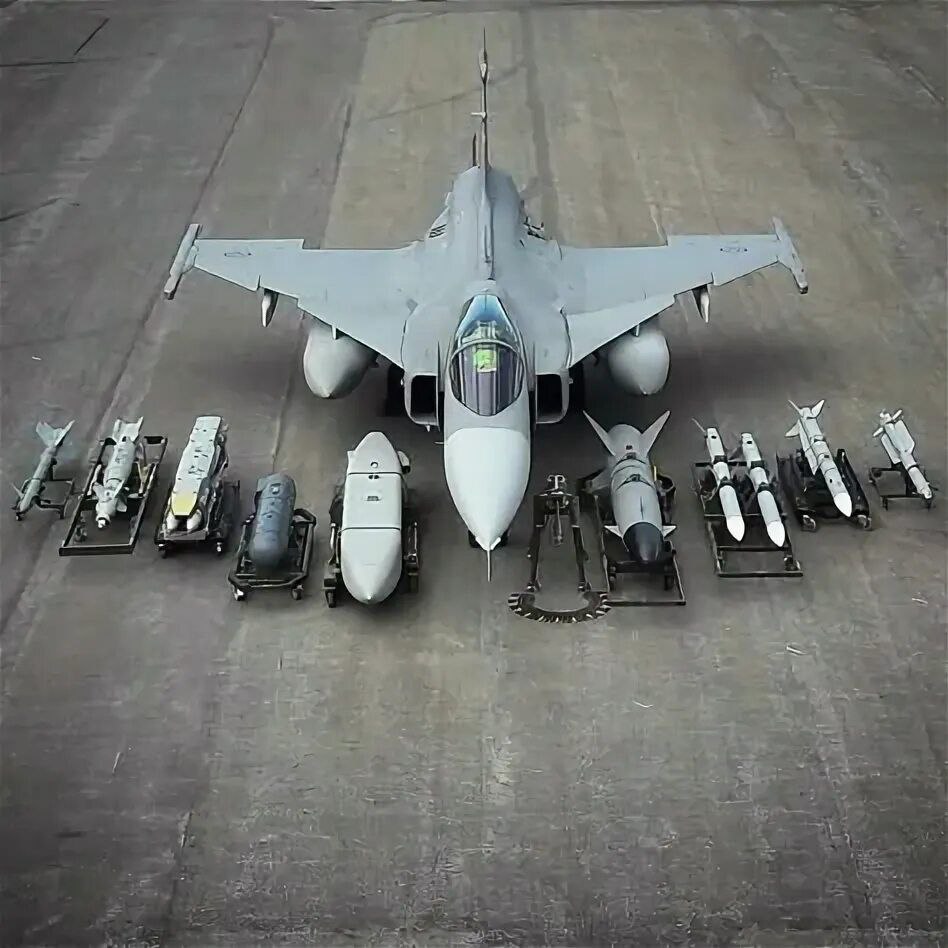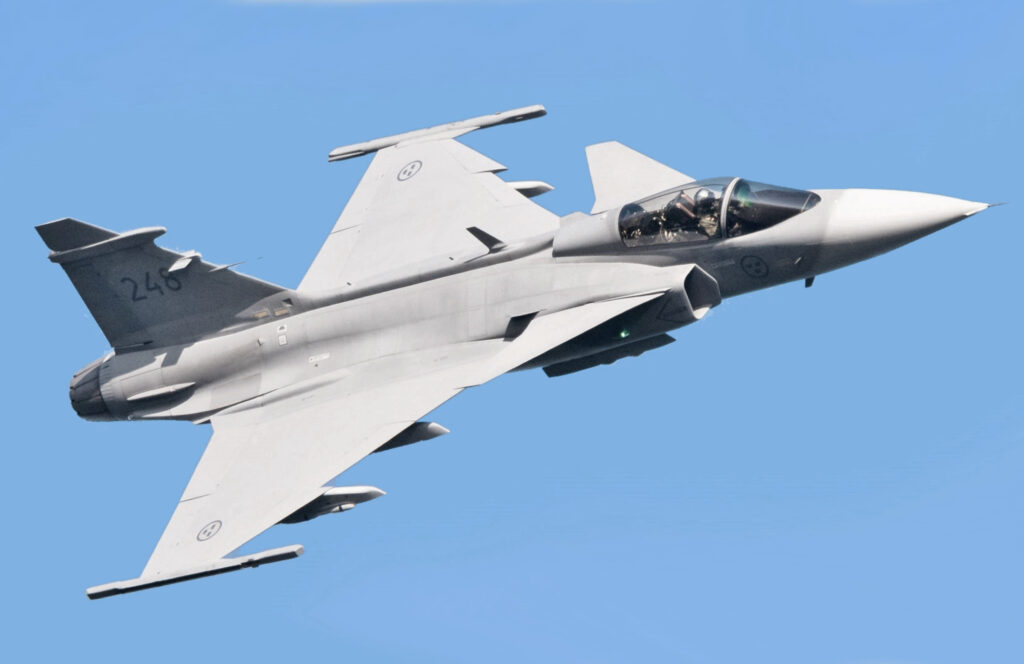The Chinese navy has recently marked another milestone in its naval modernization drive. Three types of aircraft under the People’s Liberation Army (PLA) successfully conducted takeoff and landing training on the flight deck of China’s newest aircraft carrier, Fujian. This achievement highlights the rapid progress of China’s carrier aviation capability and its move toward matching the operational standards of leading naval powers.
Three Aircraft Successfully Operated from Fujian
The flight trials included the J-15T, an improved variant of China’s first carrier-based fighter; the J-35, a fifth-generation stealth carrier fighter designed to rival the American F-35C; and the KJ-600, a carrier-based airborne early warning (AEW) aircraft. The inclusion of the KJ-600 is particularly significant, as it provides long-range radar coverage and enhances the carrier group’s situational awareness, a capability previously lacking in China’s naval aviation.
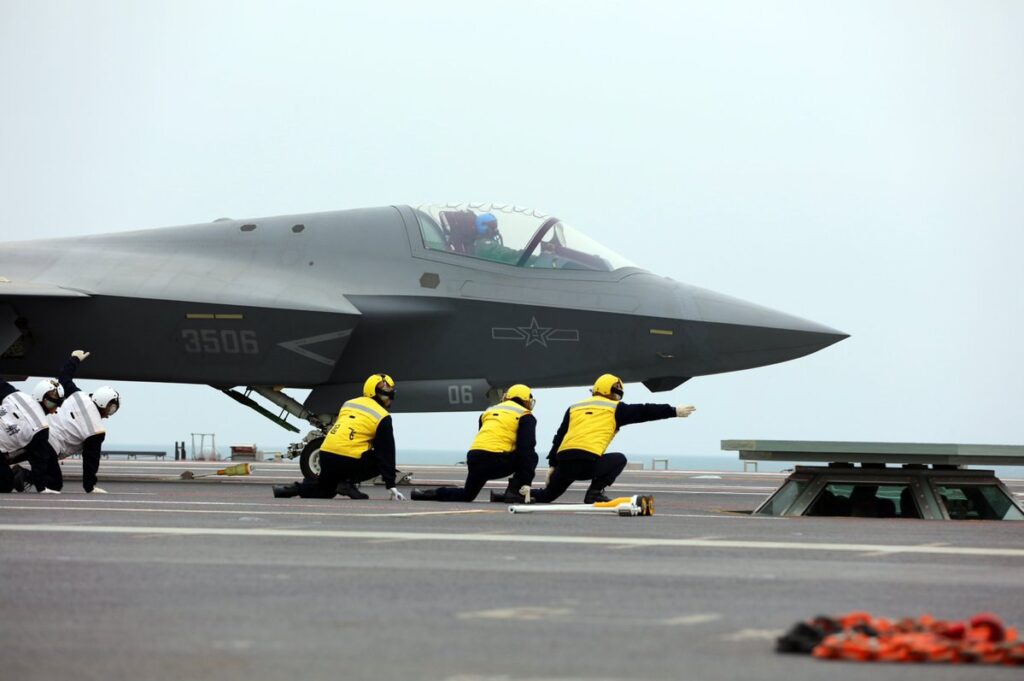
Transition from Ramp-Assisted Takeoffs
Earlier Chinese aircraft carriers, such as the Liaoning and Shandong, relied on ski-jump or ramp-assisted takeoffs. This method restricted aircraft from carrying their maximum fuel or weapons load, compromising combat effectiveness. The Fujian, however, is equipped with a modern electromagnetic catapult launch system (EMALS), similar to that of the U.S. Navy’s Gerald R. Ford-class carriers. This allows aircraft to launch with full payloads, greatly enhancing operational range, endurance, and strike capability.
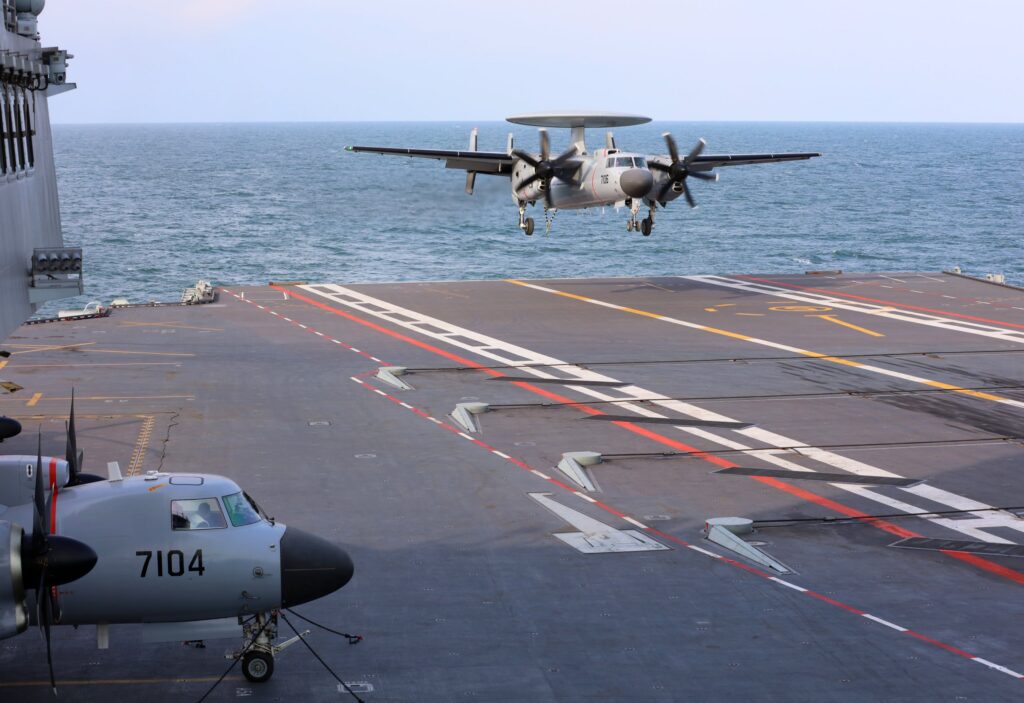
Strategic Significance
The successful flight deck operations mark a turning point for the PLA Navy. The combination of the J-35’s stealth features, the J-15T’s multi-role capability, and the KJ-600’s early warning power creates a balanced carrier air wing. With these advances, the Fujian significantly boosts China’s ability to project power far beyond its shores, strengthen maritime security, and compete on a global scale in carrier operations.
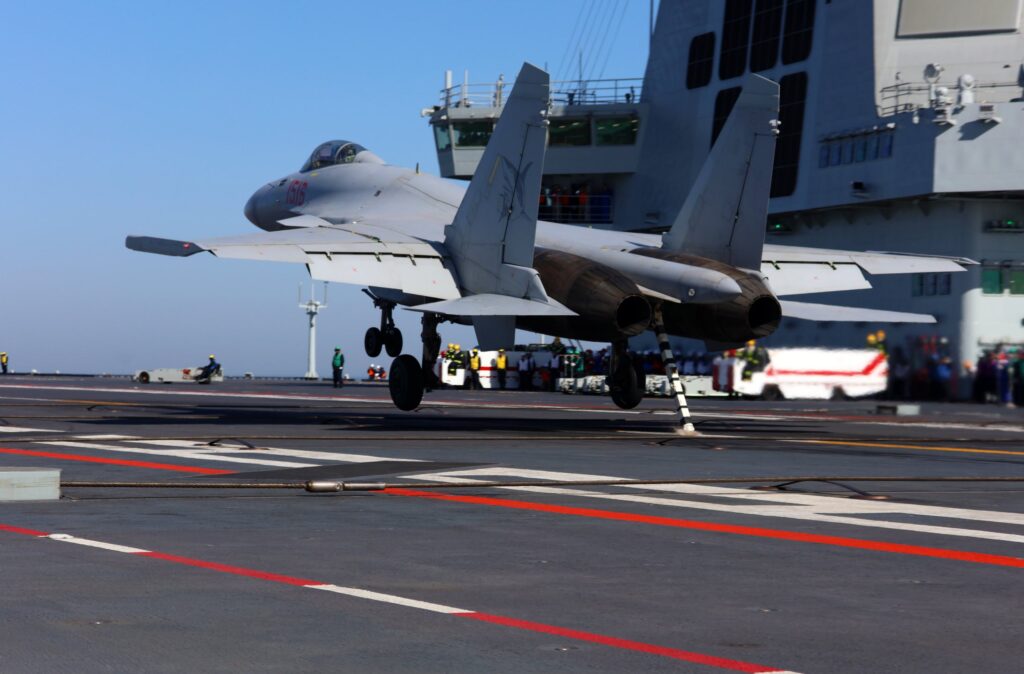
Looking Ahead
The Fujian is the largest and most advanced warship ever built by China, displacing over 80,000 tons and designed to support next-generation carrier aviation. As trials continue, the integration of advanced fighters and AEW aircraft will pave the way for full combat readiness. Once operational, the Fujian is expected to redefine China’s naval capabilities and place it among the few nations capable of operating modern, catapult-equipped carriers.
